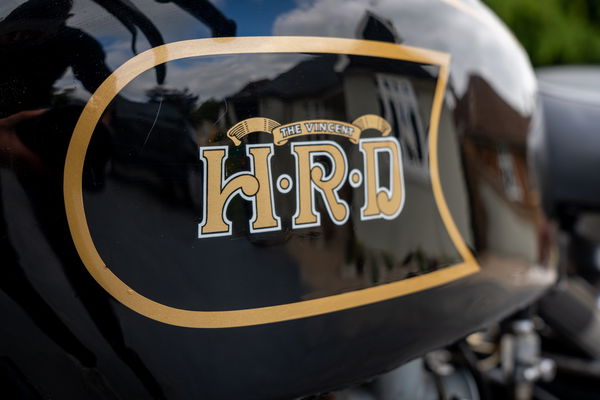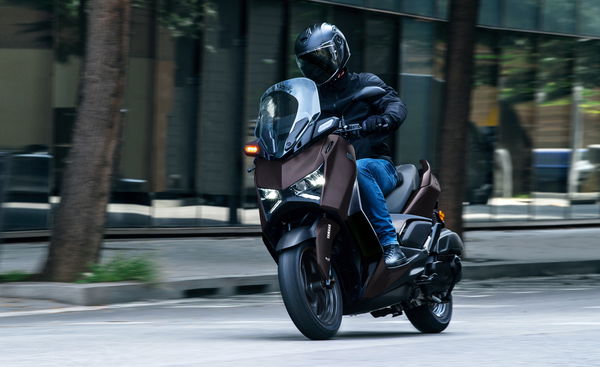Top 10 weirdest Harleys – ever!
WITH Harley-Davidson recently celebrating its 120th anniversary and with the imminent launch of its two most sophisticated models so far, the CVO Road Glide and CVO Street Glide, it’d be easy to assume there are few more successful motorcycle manufacturers.
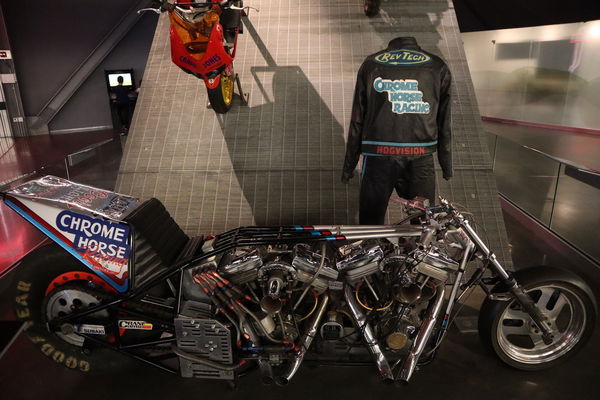
WITH Harley-Davidson recently celebrating its 120th anniversary and with the imminent launch of its two most sophisticated models so far, the CVO Road Glide and CVO Street Glide, it’d be easy to assume there are few more successful motorcycle manufacturers.
But despite the American brand’s longevity and recent technological advances the Milwaukee marque’s story has not always been a glitteringly successful one.
For every movie-starring Fat Boy there’s been more than a few flops; for every American flat track racing crown there’s also been a VR1000 WSB disaster; and for every CVO-style advance there’s been sporadic sobering reminders such as the V-Rod that not all of Harley’s production bikes struck gold.
But which of Harley-Davidson’s production machines over its 120-year history have been the weirdest and least successful of all? Here’s our pick of the bunch, as recently revisited at Harley’s own museum in Milwaukee, in chronological order…
Top 10 weirdest Harleys – ever!
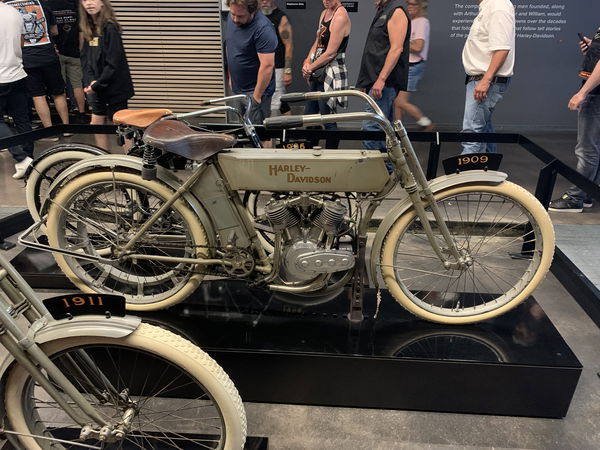
1909 Model 5-D – the (failed) first V-twin
Although justifiably most famous for its big V-twins, Harley-D’s first bike, in 1903, was actually a single, its first V-twin didn’t arrive until 1909 and, when it did, it was an unmitigated disaster. While atmospheric intake valve technology had worked well on its singles, it failed on the new twin and, with only around 25 built, the design was immediately discontinued, with most of those produced destroyed. The example in Harley’s museum is believed to be the sole survivor and could, very easily have been the first – and last – Harley V-twin ever built. Instead, an improved design was launched in 1911 and Harley’s new V-twins went on to great success.
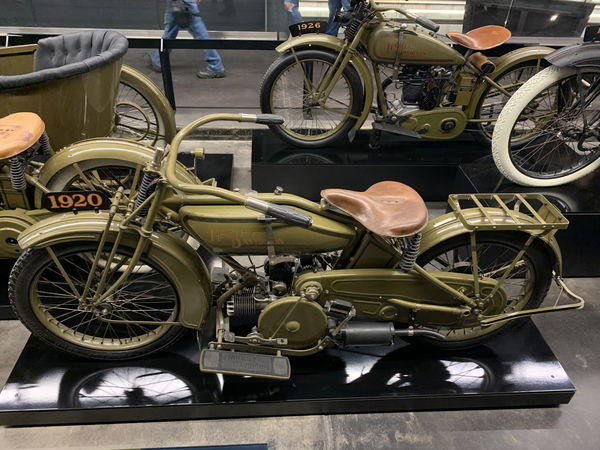
1920 Sport – the ‘boxer’ Harley ‘built for girls’
The oddball 1920 ‘Sport’ was not only neither a V-twin nor a single, being a longitudinal opposed twin inspired by the British Douglasses of the period, it was also the first Harley-Davidson aimed specifically at women riders. The low engine enabled a low saddle height; the fully enclosed drive chain was female garb-friendly and clean; and it was also the first Harley where the engine acted as a stressed member of the chassis. MORE HERE?
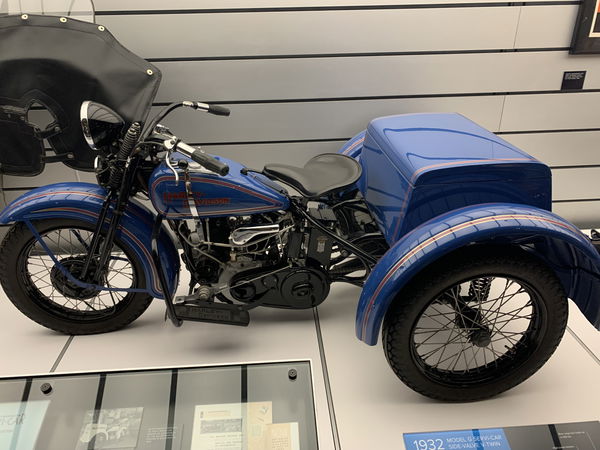
1932-1973 ‘Servicar’ – who needs a van?
In 1932, America’s Great Depression was in. full effect and sales of leisure motorcycles were down. The Harley Servi-car, however, although more than a little weird, was a trike-based commercial vehicle that was affordable, practical and proved so popular, not least with US police departments, that it’s not only credited with helping to keep Harley afloat during the critical depression years but also proved so enduring it remained in. production right up to 1973. Its rear cargo ‘trunk’ could carry up to 500 lbs while the rear brake was incorporated into the differential so slowing the rear axle rather than the wheels.
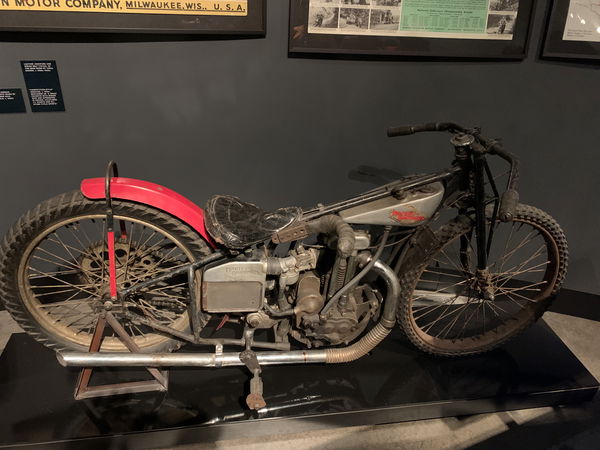
1934 CAC cinder track racer – Harley’s speedway bike
No, this isn’t a Jawa, it’s a Harley-Davidson speedway bike – albeit a fairly short-lived one. Now far more familiar in Europe and Scandinavia, Speedway also proved very popular in the US during the 1930s enough to prompt Harley to build 20 experimental racers for the class along with five spare engines. Developed with the assistance of legendary Harley racer Joe Petrali, the CAC had a single-cylinder OHV engine producing 32bhp at 5600rpm, a wax-filled seat which conformed to the riders’ backside and was offered for $465. Unfortunately, however, it didn’t catch on and just a year later Harley turned its attention to the growing flat track racing and the CAC project was canned.
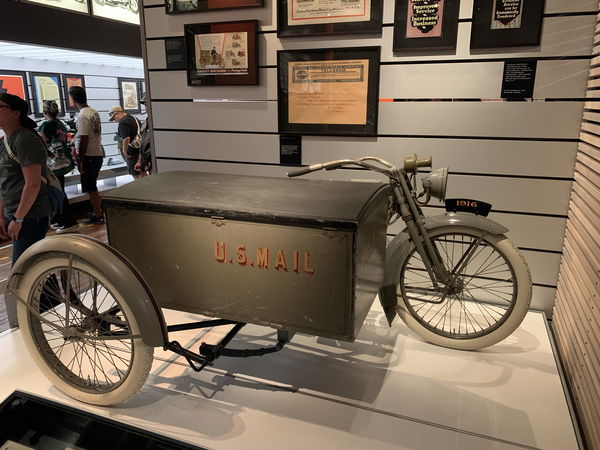
1941 ‘Package Truck’ – the sidecar delivery solution
Built between 1915 and 1957, the ‘Package Truck’ may have been an. Oddball, but it was also one of the most successful products in Harley-Davidson’s history. With a cargo instead of passenger carrying sidecar, it appealed to small delivery businesses, while some users created their own customised cargo carriers. This one is based on the 1941 FL ‘Knucklehead’ platform.
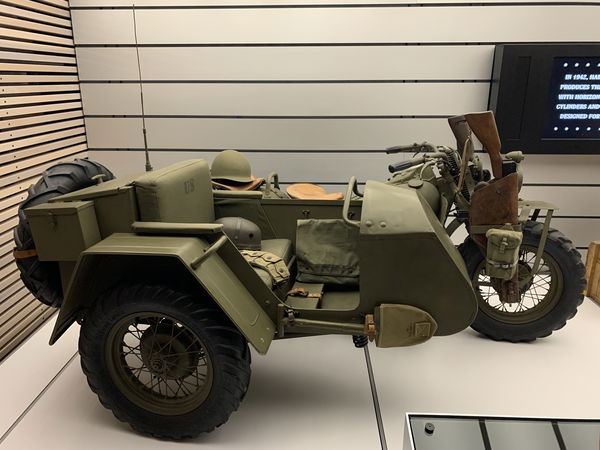
1942 XS with sidecar – Harley takes on the Afrika Korps
When WW2 took US forces into the desert terrain of north Africa in 1942 the US Army commissioned the XS, a rugged military motorcycle and sidecar from Harley-Davidson as a rival to the Germans’ BMWs and Zundapps. Designed specifically for the desert it had extra cooling fins, shaft-drive and driven sidecar wheel plus big tractor-style tyres. Unfortunately for Harley, however, just three were built before the Government cancelled the order in favour of the Jeep 4x4.
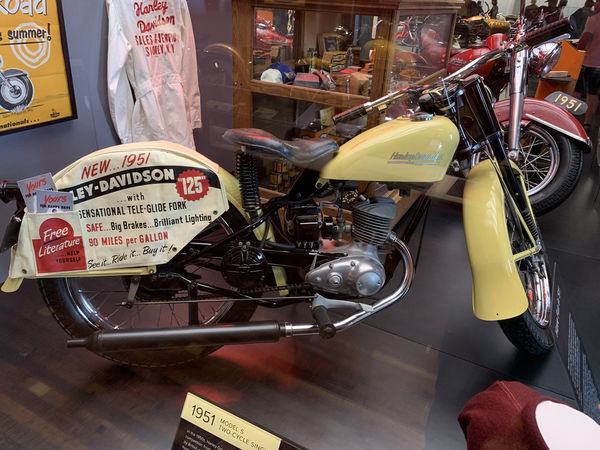
1951 Harley ‘Bantam’ – Harley battles the British invasion, and loses
Like BSA and others, Harley-Davidson was granted access to Germany’s DKW 125 two-stroke single-cylinder post-WW2 as part of war reparations. But while BSA’s version, the Bantam, proved a huge success, the same could not be said for the Harley-Davidson interpretation, the 1951 Model S. Although mechanically virtually identical, with higher manufacturing and labour costs, the Harley was more expensive. Harley petitioned the US Government for an increased tax on imports but to no avail and the Model S was quickly canned.
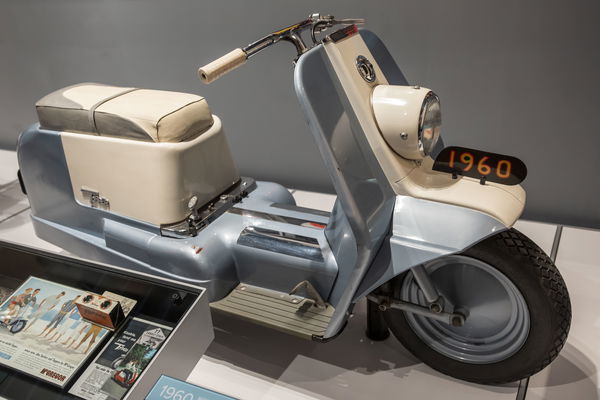
1960 Topper – a Harley scooter? Really?
Here’s one you might not have heard of: a short-lived, two-stroke, 165cc, single cylinder scooter built in response to the late ‘50s/early ‘60s scooter craze. With a lawn mower ‘ripcord’ starter, fibreglass rear but steel front bodywork, a fondness for overheating and a slipping ‘Scooterway’ transmission system, the Topper lasted less than four years and remains Harley’s only scooter to date.
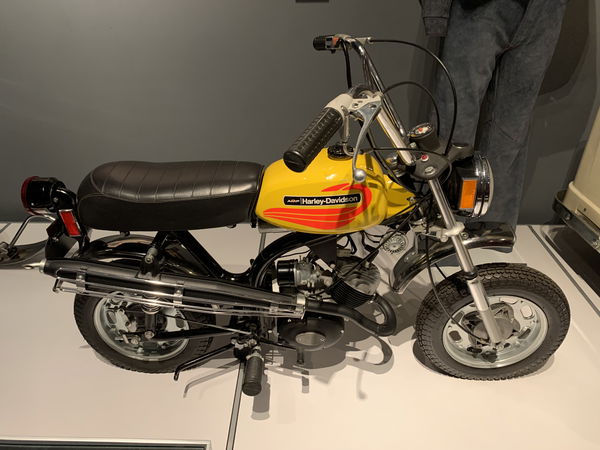
1972 MC-65 ‘Shortster’ – the Harley monkey bike
A product of the early ‘70s monkey bike craze and built by Italian partner Aermacchi, the ‘Shortster’, as it became nick-named, was the first of Harley’s two minibikes of the era. The second, the enlarged, 90cc X-i90 came in 1973. Weighing just 126lbs, it’s the lightest and smallest bike Harley has ever made – and yet it was also among the most powerful monkey bikes of the era.
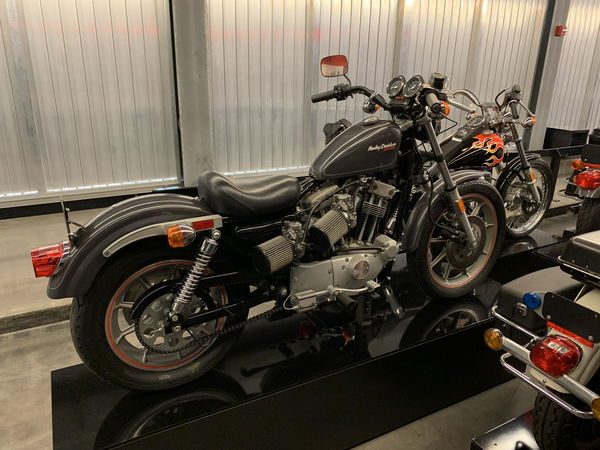
1983 XR1000 – the genuinely sporty Sportster
A Harley that actually goes? Yes, really – not that it was a success, of course. The short-lived XR 1000 combined the road going chassis of the then standard Sportster with an enlarged engine from an XR750 flat track racer. The result was 70bhp and 70lb.ft of torque (not bad for 1983) and the lively handling and performance that implies. Unfortunately, it was also expensive, failed to appeal to traditional Harley buyers and high production costs forced Harley to discontinue production after barely two years.
